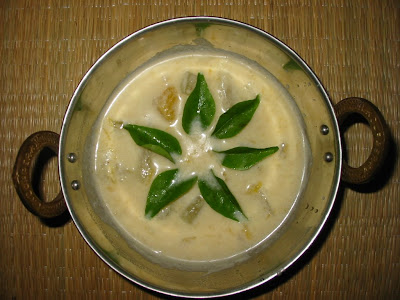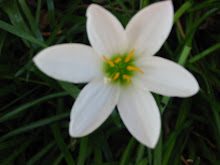
The Upanishads, the ancient spiritual literature of India, describe God as "Raso vai saha". Translated, this means that the Divine is present in all things as their essence. Rasa or rasam therefore means the quintessential component of any cuisine. The following recipe is a spicy concoction from the Tamil cuisine, learnt from my mother-in-law. During a cold or on a cold wintry evening, there is no subsitute for this fiery- soury Milagu rasam. In its anglicized version it goes by the name Mulligatawny soup. The famous Revered Swami Vivekananda is known to have been an adept at preparing it.
Ingredients:
Pepper(milagu) 1 teaspoon.
Jeera(cumin seeds) 1 teaspoon.
Coriander seeds 2 teaspoons.
Red chillies 3-4.
Curry leaves 12-15.
Tamarind of a size of a lemon.
Tomatoes 2-3 medium sized.
Toor dal/Togaribele/Tovaram paruppu 1 teaspoon.
Turmeric a pinch.
Salt to taste.
Coriander leaves for garnish.
Method:
Roast in a little oil the pepper, cumin, coriander seeds, red chillies and curry leaves till they give out a good aroma.
Grind the above ingredients into a coarse paste adding little water.
Prepare Tamarind water by soaking the tamarind in water for about 1/2 hour. To the pulp add 2 tumblers of water.
Place it on the stove in a container. Add a little turmeric, 1 teaspoon of Toor dal, the ground paste, asafoetida and salt. Bring it to boil.
Now cook the tomato in water and make a puree by churning with an egg beater. Add this tomato water to the boiling rasam.
If needed, optionally, cooked garlic flakes(1 or 2 pods) can be added also.
A tiny bit of jaggery can also be added if desired.
Boil the rasam for about 15 minutes.
Add seasoning of mustard seeds, red chilly, cumin seeds, and asafoetida in ghee.
Add finely cut coriander leaves for garnish.
Serve hot with rice and appalam. It can also be drunk as a soup.













